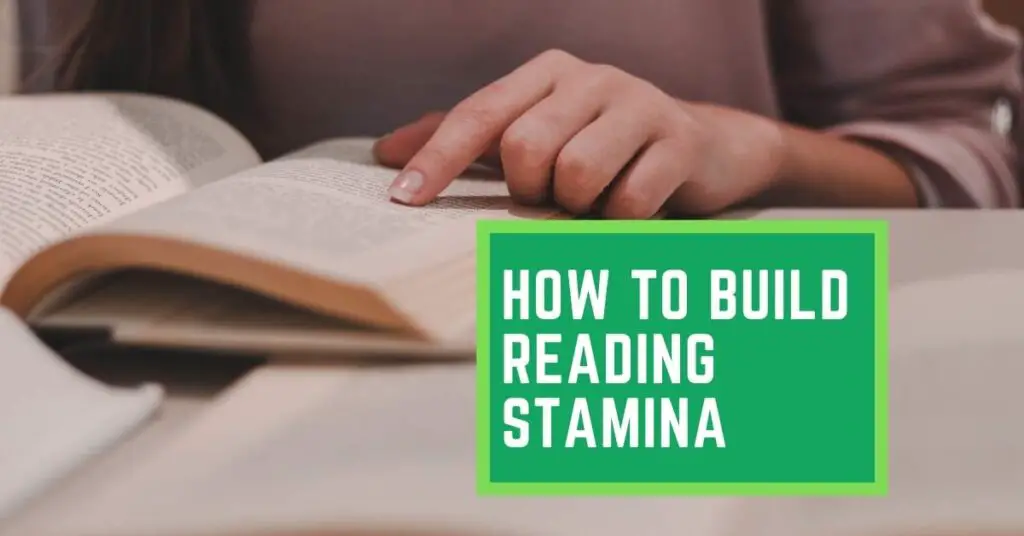When it comes to reading, there is no one definitive answer to the question of what light is best. Different people have different preferences, and what works well for one person might not be as ideal for another. With that said, here are four general types of light that are often cited as being the best for reading.
Many people believe that they can read best using a bright light, whether it is from a lamp or their device screen. However, this is not the case. It is actually best to read and study in natural light during the daytime. The sun provides the perfect amount of light to see the words on the page without causing strain on the eyes.
When reading at night, it is important to make sure that the room is not too dark. A small lamp near your reading area will provide enough light to see the words without causing eye fatigue. Regardless of what you are reading, be it a paperback book or your device screen, taking a break every 20 minutes or so to look at something 20 feet away will help reduce strain on your eyes.
How to choose the best light for reading

There are a few things to consider when choosing the best light for reading. First, you need to make sure that the light is bright enough to illuminate the pages of your book without causing eye strain. Second, you want to make sure that the light is not so bright that it creates a glare on the page. Third, you want to find a light that has a neutral color temperature so that it doesn’t distort the colors of the book. Finally, you want to make sure that the light is adjustable so that you can position it in a way that is comfortable for you.
With these factors in mind, you should be able to find the best light for reading with ease.
General guidelines to consider when choosing a light for reading:
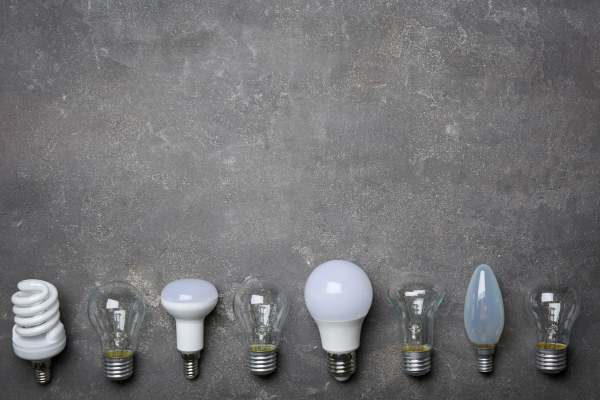
Different types of light can influence your ability to focus and concentrate. Some general guidelines to consider when choosing a light for reading include:
1. Natural sunlight. As many experts suggest, natural sunlight is one of the best options for reading during the day, as it provides optimal lighting conditions for your eyes.
2. Desk lamp. If you prefer to read at night, a desk lamp can be a good option for providing focused and glare-free light that minimizes eye strain.
3. Screen brightness. Many people also find it helpful to adjust the screen brightness on their reading device, smartphone, or tablet to reduce glare and increase contrast.
4. Take breaks. Regardless of what type of light you use, taking regular breaks while reading can help to minimize eye strain and keep your eyes healthy and happy.
If you are looking for the best light for reading, it is important to consider a variety of factors, including natural sunlight, desk lamps, screen brightness, and taking regular breaks. With these tips in mind, you can choose the lighting conditions that will allow you to focus and concentrate for longer periods of time.
The different types of light available for reading
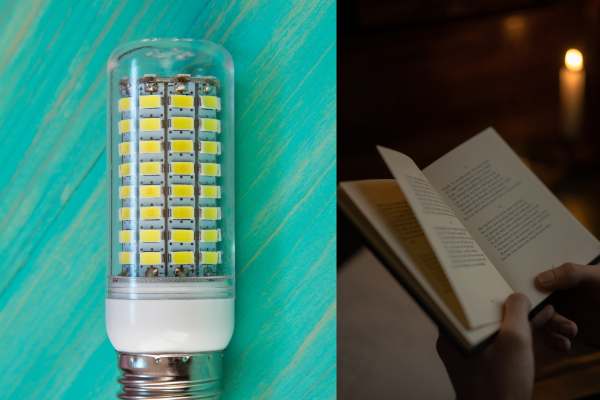
There are a variety of different types of light available for reading, and each has its own benefits and drawbacks.
Incandescent bulbs are the traditional type of light bulb, and they produce a warm, yellow-toned light that is ideal for relaxing in. However, they are not very energy-efficient, and they can produce a lot of heat.
LED bulbs are a newer type of light bulb that is much more energy-efficient than incandescent bulbs. They produce a bright, white light that is perfect for reading in, but they can be quite harsh if you are trying to relax before bed.
Natural daylight is the most energy-efficient type of light available, but it can be difficult to find a place to read in natural daylight during the daytime.
Candles are another option for reading light, but they can be dangerous if left unattended, and they don’t provide enough light to read in for extended periods of time.
Finally, there are solar-powered lights that can be placed in a window to provide natural sunlight during the day. Solar lights are very energy-efficient and environmentally friendly, but they may not provide enough light for some people to read comfortably.
The benefits of reading in natural light

The benefits of reading in natural light are well-documented. Studies have shown that reading in natural light can help to reduce eye strain, improve sleep quality, and increase productivity. In addition, reading in natural light can also help to boost mood and reduce stress levels.
For many people, the most important benefit of reading in natural light is that it can help to improve focus and concentration. In a world where we are constantly bombarded with distractions, it can be difficult to find time to sit down and read a book. However, by taking a few minutes to read in natural light, we can give our brains the chance to relax and focus on the task at hand. In today’s fast-paced world, the benefits of reading in natural light are more important than ever.
Tips for reading in low light or darkness
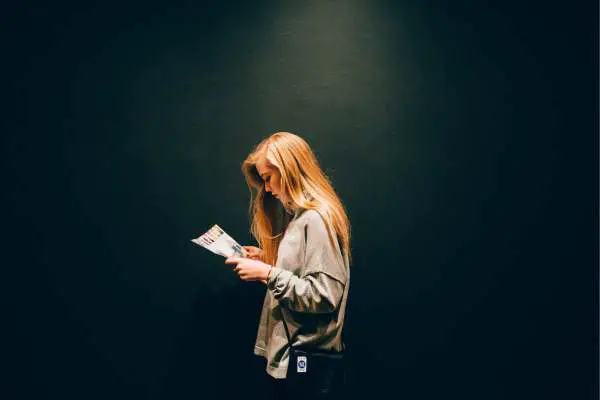
There are a number of different ways that you can improve your reading experience in low light or darkness.
One of the most important things is to make sure that your reading area is well-lit. If you are using a traditional lamp, try to position it so that the light is shining directly onto your book or reading material. This will help to reduce the amount of glare and make it easier to see the words on the page. If you are reading on a electronic device, such as a tablet or e-reader, you can adjust the brightness settings to make it easier to see the screen.
Another helpful tip is to use a bookmark or piece of paper to mark your place so that you don’t have to search for your place every time you need to take a break from reading.
Finally, if you find yourself getting sleepy while reading, try drinking a cup of coffee or tea to help keep you awake.
By following these simple tips, you can improve your reading experience in any environment.
The benefits of using the right light for reading
While some may argue that any light is adequate for reading, there are actually several benefits to using the right light for reading.
One of the most important benefits is that the right light can help to reduce eye strain. If you are using a light that is too dim, your eyes will have to work harder to see the text, which can lead to headaches and fatigue. Conversely, if you are using a light that is too bright, you may find yourself squinting or blinking more often, which can also cause eye strain.
In addition, the right light can also help to improve your overall reading speed and accuracy. Studies have shown that people who read under dim lights tend to read more slowly and make more mistakes than those who read under brighter lights.
Therefore, using the right light when reading can actually help you to comprehend the text more quickly and with fewer errors.
Other factors to consider when looking for a good reading lamp
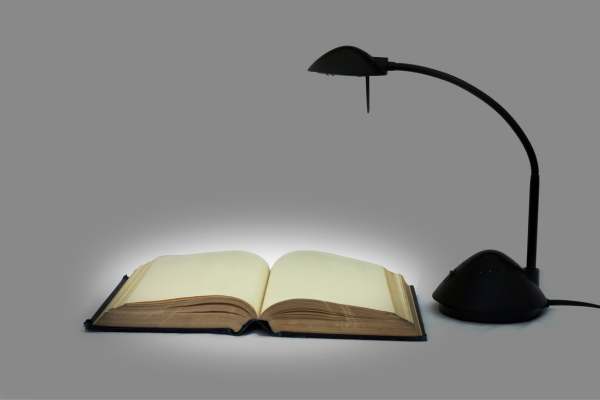
In addition to the type of light that you use for reading, there are also several other factors to consider.
One important factor is size. You want to choose a lamp that is big enough to illuminate your book or reading material, but not so large that it takes up too much space in your reading area.
Another important factor is adjustability. You want to choose a reading lamp that can be easily adjusted to fit your needs. For example, some lamps have multiple brightness settings, while others can be tilted or swiveled to cast the light at just the right angle.
Finally, you should also consider convenience and portability when looking for a good reading lamp. For example, some lamps are cordless, which makes them easy to move around and take with you on the go. Other lamps have built-in USB ports or charging docks, which can be useful for reading on your tablet or e-reader.
By considering all of these factors when choosing a reading lamp, you can find the perfect light for your needs, no matter where you are or what you’re reading.
Conclusion
Overall, the benefits of using the right light for reading are clear. Whether you are looking to improve your reading speed and accuracy or reduce eye strain, a good reading lamp can help. To find the perfect reading lamp for your needs, be sure to consider factors like size, adjustability, and convenience when making your choice.
FAQs
What is the best type of light for reading and studying?
The best type of light for reading and studying is a warm white light. It provides a comfortable and soft illumination that is easy on the eyes and promotes focus.
What is the ideal color temperature for a reading light?
The ideal color temperature for a reading light is in the range of 2700K to 3000K, as it mimics natural sunlight and provides a warm and inviting atmosphere for reading.
What should I consider when looking for a desk lamp for reading and studying?
When looking for a desk lamp for reading and studying, consider factors such as color temperature, brightness level, and adjustable positioning to ensure optimal lighting for your specific needs.
How does the color of light impact reading and studying?
The color of light can impact reading and studying by influencing alertness and promoting a comfortable environment. Warm white light is generally preferred for reading and studying as it supports concentration and reduces eye strain.
Can blue light from a reading light affect sleep patterns?
Yes, exposure to blue light from a reading light can disrupt sleep patterns and melatonin production, making it important to opt for warm white or soft white light for reading in the evening or before bed.



